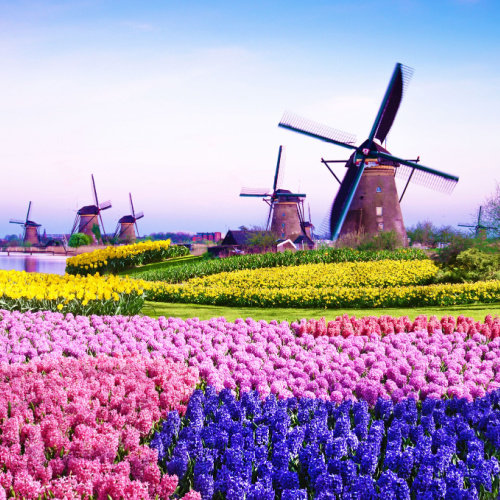Summer in Europe can be scorching hot (like in Southern Europe), pleasantly warm (Central Europe) or balmy and enjoyable (like in the UK and Northern Europe). Expect temperatures between 77°F to 95°F in the south, but may peak between 59°F to 68°F further north around Scandinavia or in the UK. In the south, beach days are nice and it's a fine time to visit museums and air-conditioned spaces indoors. Elsewhere around Europe, summer is great for sightseeing, attending festivals, and spending time outdoors in green spaces.
- All
- Albania
- Amsterdam
- Austria
- Belarus
- Belgium
- Bosnia
- Croatia
- Cyprus
- Denmark
- England
- Finland
- France
- Germany
- Greece
- Greenland
- Hungary
- Iceland
- Ireland
- Israel
- Italy
- Kosovo
- Luxembourg
- Malta
- Monaco
- Norway
- Poland
- Portugal
- Prague
- Romania
- Scandinavia
- Scotland
- Slovenia
- Spain
- Sweden
- Switzerland
- The Netherlands
- Ukraine
- More

Why Visit Europe?
Europe, the world’s second-smallest continent, is a fascinating and diverse haven of cultural, historical, and geographical significance. With over 3.9 million square miles and 44 countries in its bounds, you don’t have to travel far within the continent to hear different languages, experience distinct cultures and traditions, and witness amazingly varied landscapes.
Some of the world’s most-visited destinations are in Europe, like Paris, Rome, and London. These long-standing cities are filled with breathtaking architecture and historic landmarks that draw travelers in by the millions.





